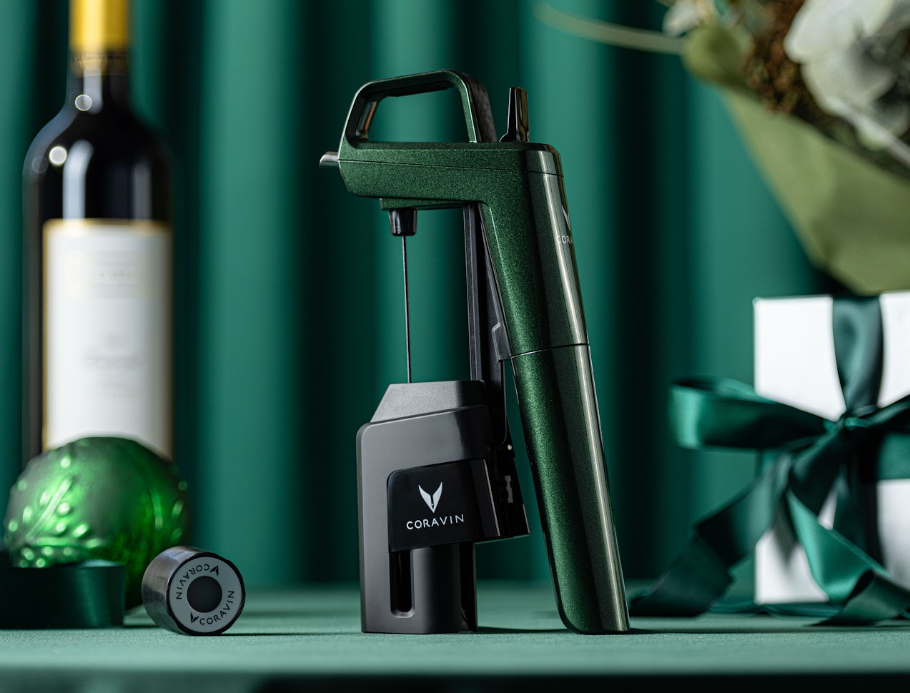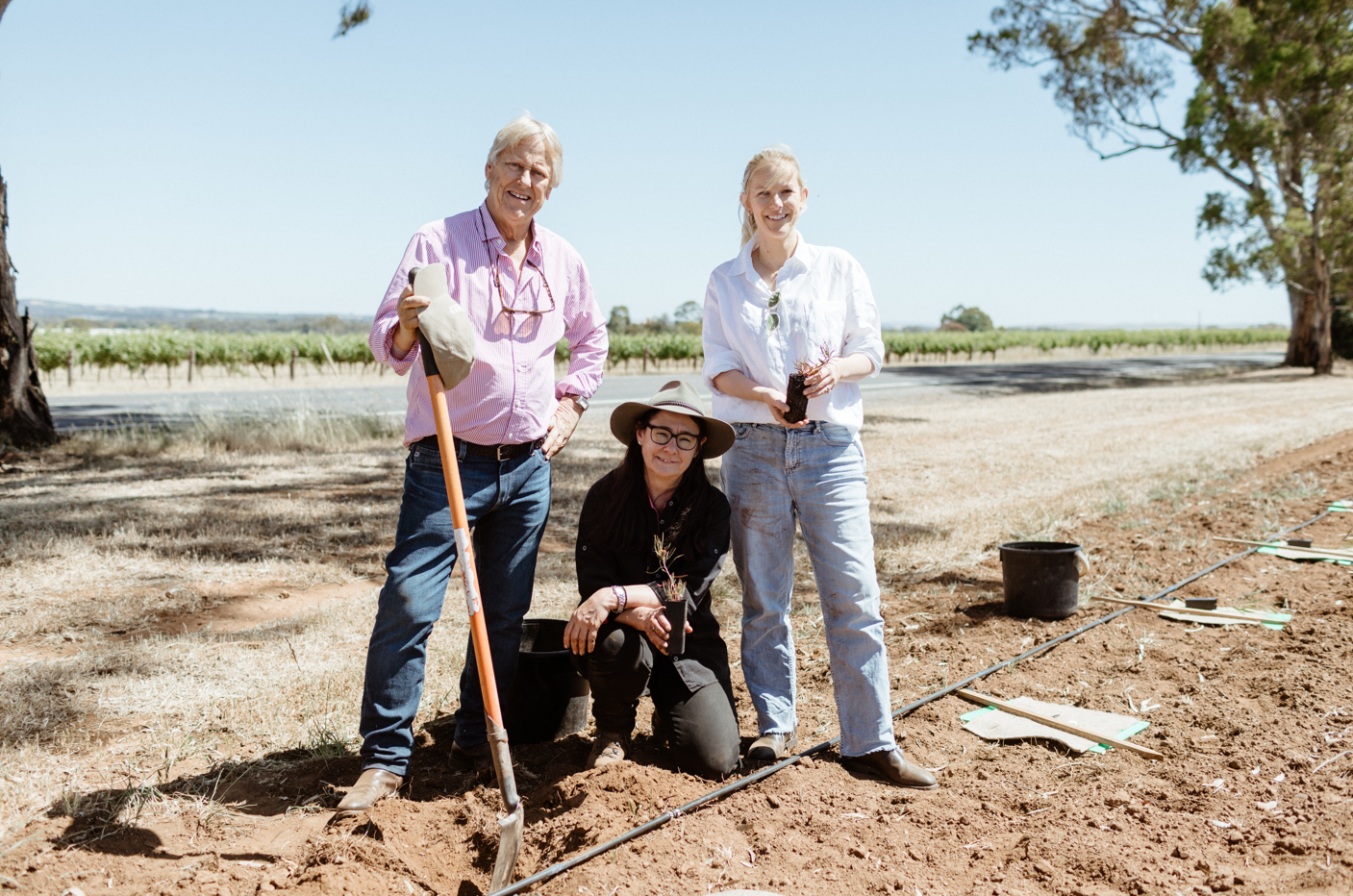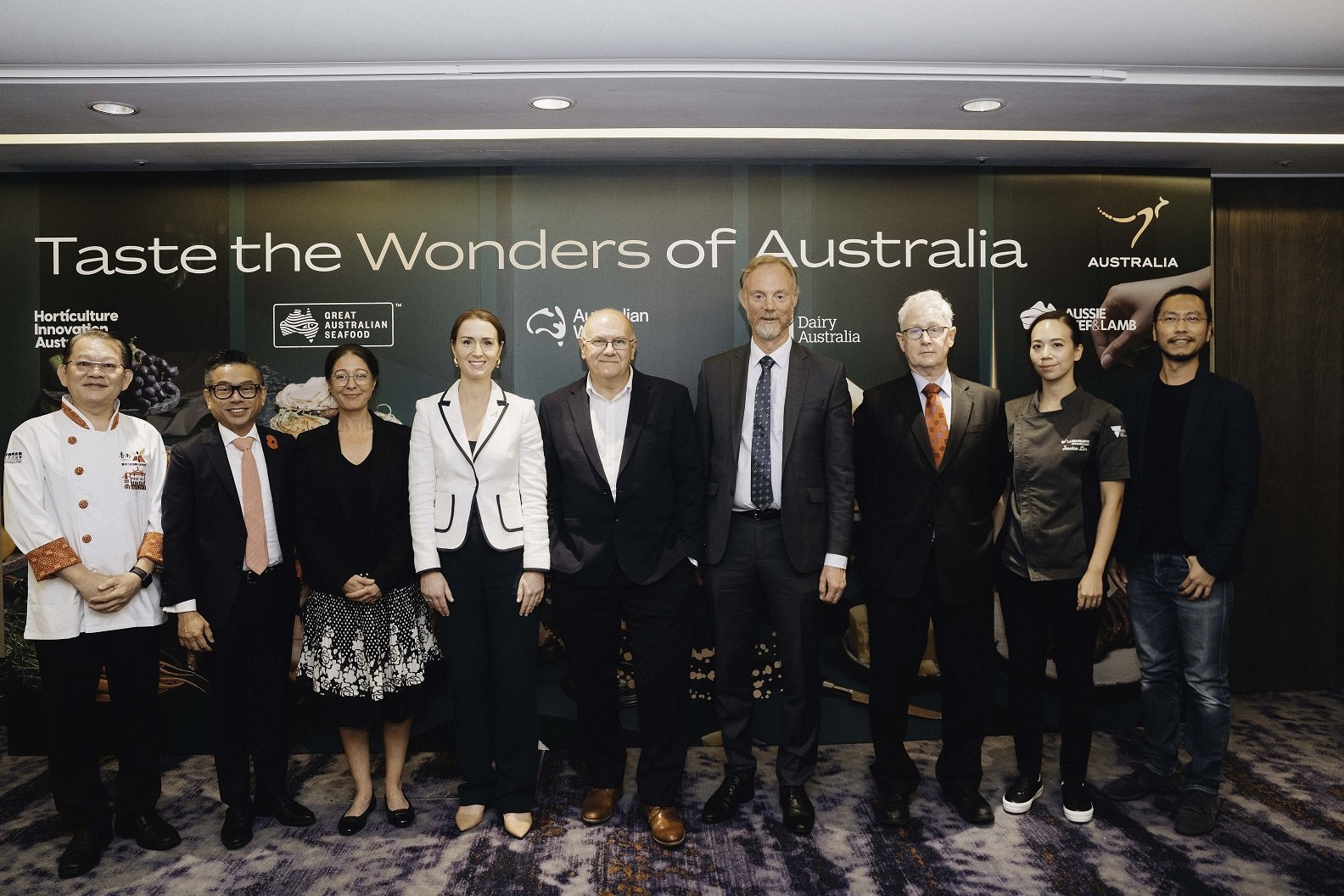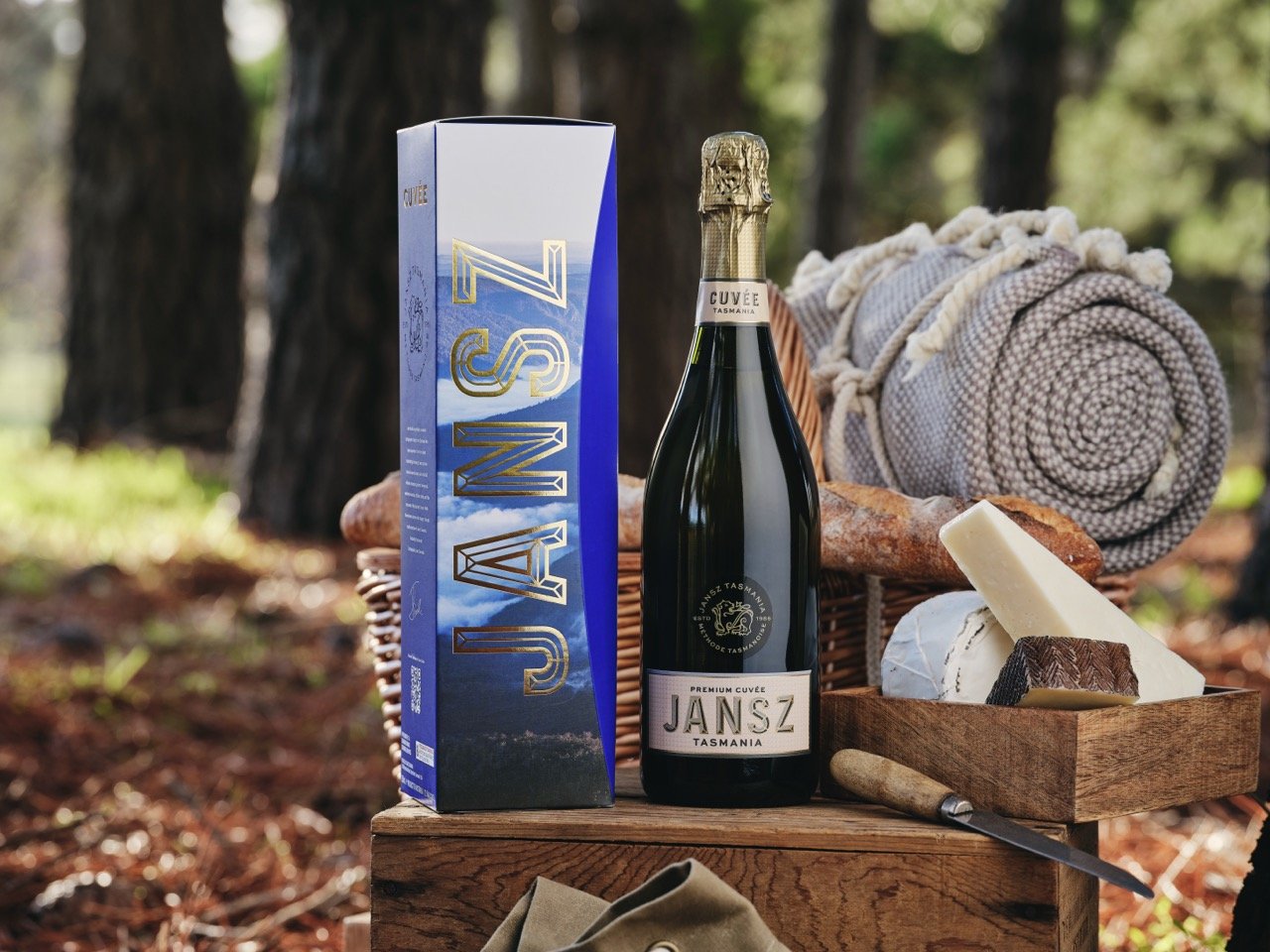The Western Australian wine industry has long been seen as a small collection of boutique wineries producing limited quantities of high-quality wine, an image that has suited them well. The truth, however, is not quite so simple. By Ken Gargett, wine writer and expert
The state produces around 45 million litres of wine annually, worth around $50 million. This equates to something like five per cent of Australia’s volume, but 12
Overall, the state has more than 500 grape growers, 400 wine producers and 300 wineries. The three largest wine businesses - Accolade Wines, Fogarty Wines and Ferngrove Estate, are responsible for nearly 40
Think West Aussie wine and the chances are that you gravitate to Marg River cab and
Talk to a range of winemakers and it is evident that they are not sitting on their collective laurels.

Above: Larry Cherubino
Larry Cherubino, of his eponymous wine company, has the advantage of making wine from most regions of the state. He looks forward to the future of cabernet sauvignon as he believes that thoughtful winemakers are removing cabernet vines from vineyards, and parts of vineyards, where they have not done as well as they might, but retaining those providing the best grapes.
There is also much movement with clones. Larry recently planted twenty hectares of new clones, grafting over the less successful clone 1126, which he finds produces fruit that is usually too green. He notes increasing interest in Margaret River chardonnay, driven by the on-premise. Again, an improved clonal material is playing a key role. This advance has been held back by a series of vintages giving forth lighter yields, but 2017 will allow for a larger harvest.
Ross Pamment,
They will focus on cabernet sauvignon and chardonnay as straight varietals, “as the market shows an unquenchable thirst for these premium wines.”
Ross also addressed the extraordinary run of vintages enjoyed in the West. Has any premium wine region on the planet ever experienced so many consecutive brilliant years?
“WA had a dream run from 2007 until 2014, with it varying between reds and whites as to which was stronger. It would be fair to say that in recent years, from 2015 up until this year, it has been more challenging.”
Paul McArdle, from Fraser Gallop in Margaret River, notes their reliance on cabernet and chardonnay, with 16 of their 20 hectares shared between those two varieties.
Margaret River still commands an impressive claim to the category’s leading chardonnays, and has done so via a gradual and progressive exploration of regional signature. In short, a defence of history and terroir that has more to do with evolution than revolution.”
Virginia Willcock, Chief Winemaker at Vasse Felix, has overseen her very own transformation, taking what were always quality chardonnays to a level where they now sit with the very best, not just from the region but also from Australia.
While doing so, she has not neglected cabernet. Her thoughts on chardonnay: “Chardonnay has richness but depth and elegance developed further in the last few years by many producers and us with more natural and cloudier juice fermentation. The original Gin Gin clone, which arrived in Western Australia in the late 50s, is freakishly well suited to this environment with high retention of natural acidity and fruit harvested with both ripeness and a good acid structure.”
“Chardonnays, therefore, have excellent freshness, along with fruit intensity and now in more recent times immense, naturally derived complexity from solids and wild yeast.”
And cabernet: “Margaret River cabernet sauvignon is one of the finest examples in the world with more of the finesse and restraint seen in earlier Bordeaux. The sunshine ripens low yielding cabernet vines, while the cool breeze retains their freshness over the long ripening period required for this variety.”
Howard Park’s Jeff Burch echoes the praise for these varieties, especially cabernet. “WA has a great future with cabernet sauvignon. It is a premium region for producing super high-quality cabernet and is probably one of the few places in the world that can fully rival Bordeaux. This excellent start can only get better as vignerons work out the absolute best sites.”
Perhaps the last word should go to the Queen of Margaret River, Vanya Cullen, of Cullen’s. Both her top cabernet and top chardonnay are considered to be among the very best from the region, every vintage. Her view of the vintages from 2007 to 2017? “All good,” comparing 2017 with 1998. More specifically, low yielding vintages are 2009, 2013, 2014 and 2015, while average yields are 2007, 2008, 2010, 2011, 2012 and 2016. For Vanya, “Cabernet is King,” and as far as Margaret River goes, “It’s just the beginning of something great!”
The same could be said for the entire state.
Feature image: Virginia Willcock, Chief Winemaker at Vasse FelixShare the content










